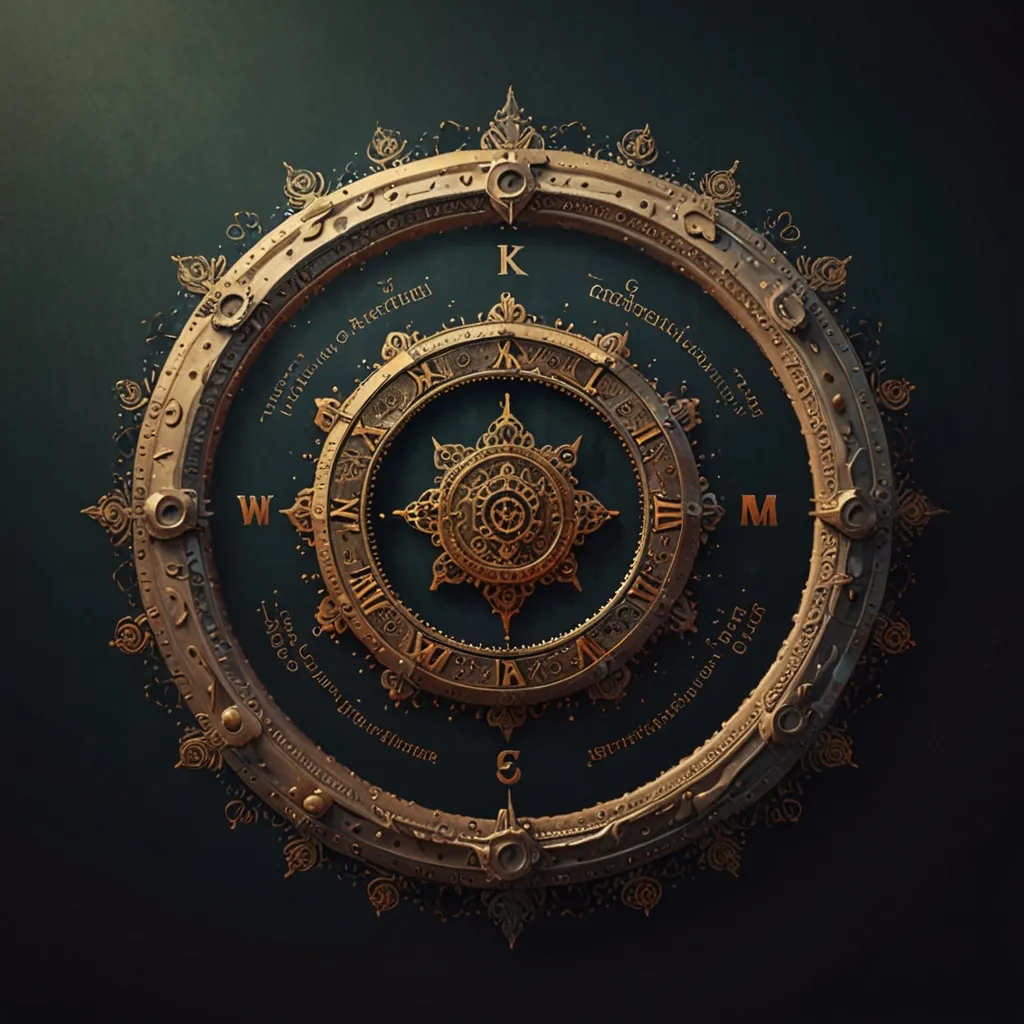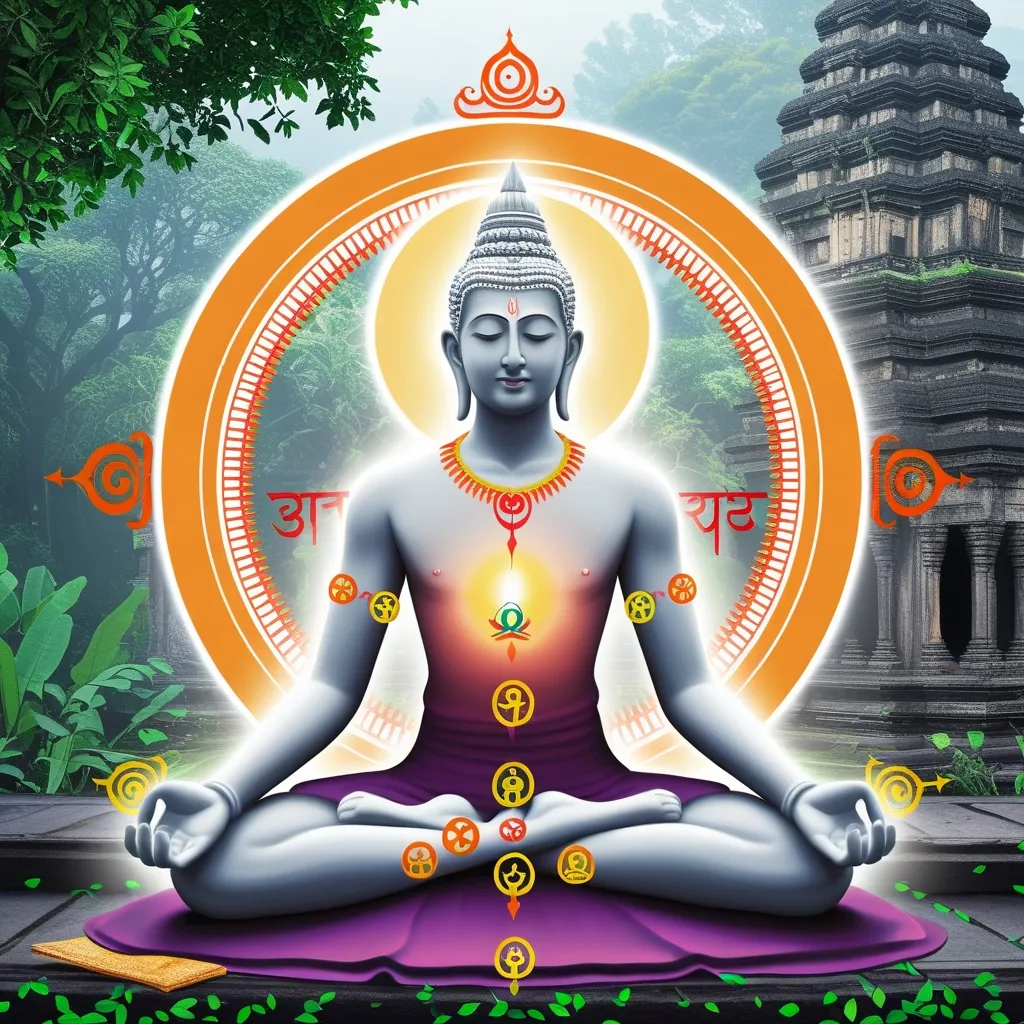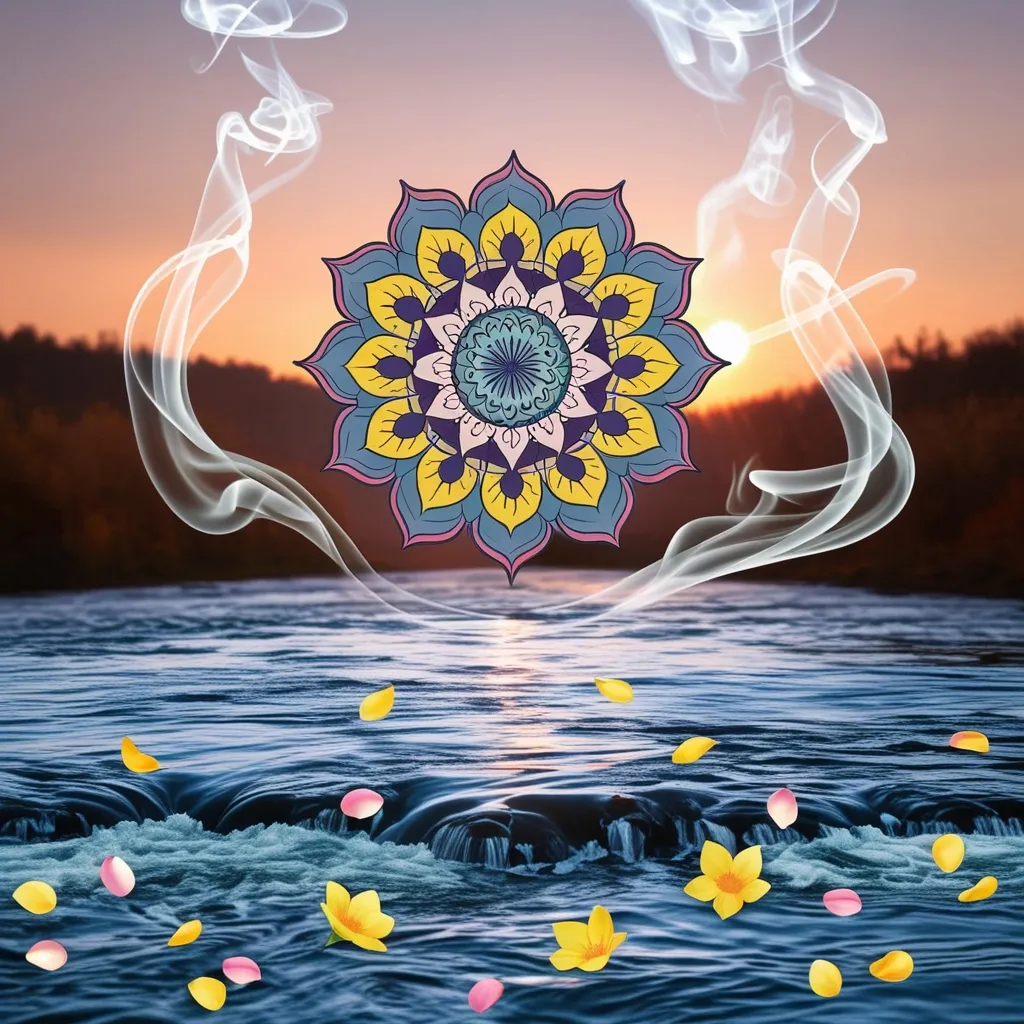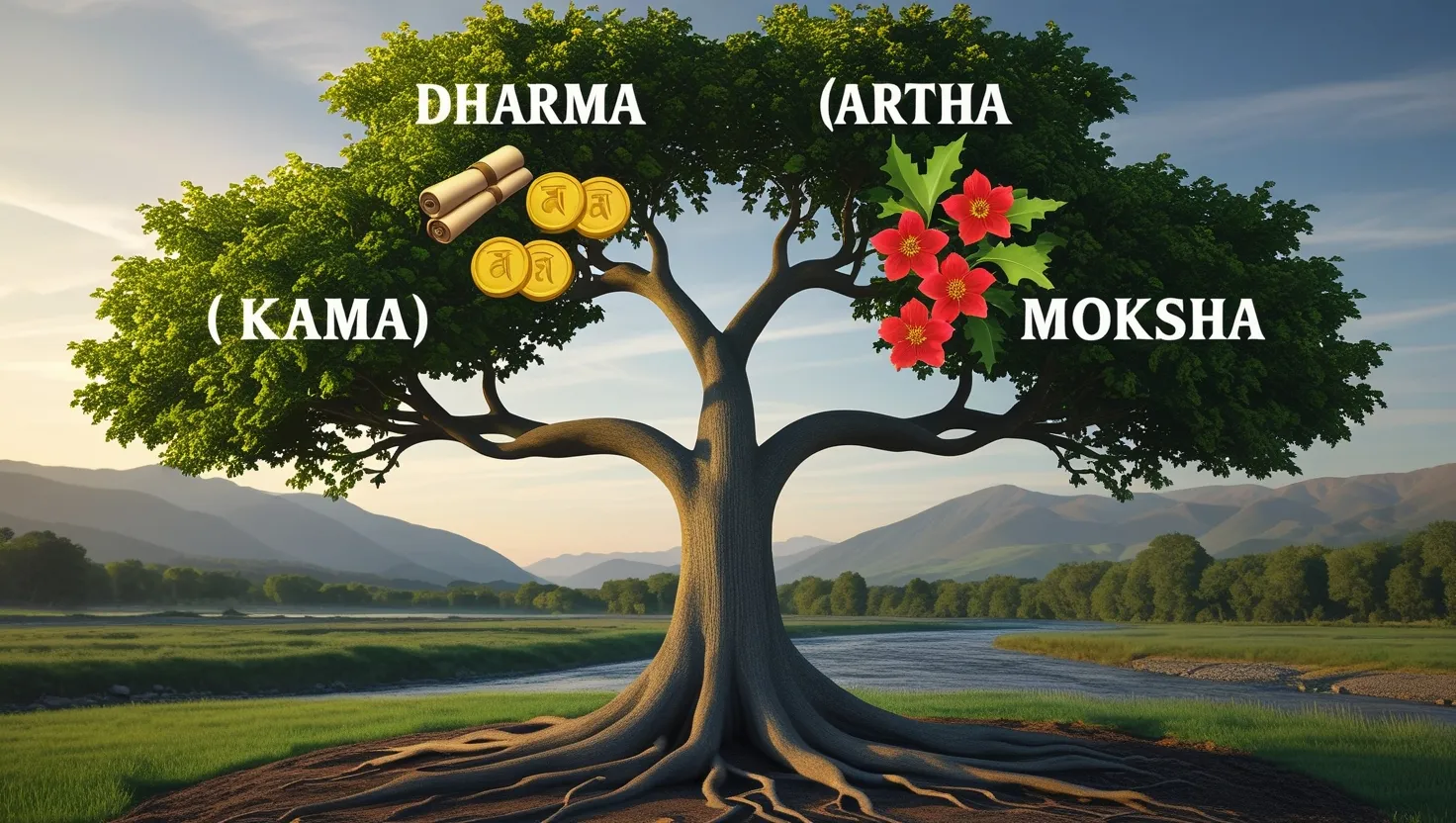Yoga: A Journey from Ancient Wisdom to Modern Wellness
Ever wondered why you feel so darn good after a yoga session? It’s not just the stretchy pants and cool mats, folks. Yoga’s got some serious history behind it, and it’s way more than just striking a pose.
Let’s take a trip back in time, shall we? We’re talking ancient India, where yoga was born. It wasn’t about looking good in tight leggings or posting Instagram-worthy headstands. Nope, it was all about getting your mind, body, and spirit in sync with the universe. Pretty deep stuff, right?
The word “yoga” actually means “to yoke” or “to join.” It’s like the ultimate matchmaker, but instead of setting you up on a blind date, it’s hooking you up with your inner self and the big, cosmic everything. Talk about a power couple!
Now, you might be thinking, “Hold up, isn’t yoga just about twisting yourself into a pretzel?” Well, not exactly. Sure, the physical poses (asanas) are part of it, but they’re just the tip of the iceberg. Yoga’s got layers, like a spiritual onion.
It all started with some old-school texts called the Vedas. These weren’t your average beach reads – they were packed with songs, mantras, and rituals that laid the groundwork for Hindu spirituality. And guess what? The word “yoga” first popped up in one of these texts, the Rig Veda. Talk about making an entrance!
But wait, there’s more! According to Hindu tradition, yoga wasn’t just dreamed up by some flexible dudes. Nope, it was revealed by Shiva himself – you know, the god of destruction and regeneration. He passed this knowledge down to some wise guys called Rishis. These Rishis were like the original yoga influencers, spreading the word and refining the practice.
These Rishis didn’t just keep this knowledge to themselves. They wrote it all down in the Upanishads, a collection of over 200 scriptures. Think of it as the ultimate yoga manual, but instead of step-by-step instructions for downward dog, it’s filled with deep philosophical stuff about the nature of reality and the self.
Now, let’s talk about the Bhagavad Gita. This isn’t just another dusty old text – it’s like the superhero of yoga philosophy. It’s part of a bigger epic called the Mahabharata, and it’s packed with wisdom about how yoga can help you grow spiritually. It’s like a personal growth seminar, ancient Indian style.
But here’s where it gets really interesting. Yoga isn’t just one thing – it’s like a buffet of spiritual practices. There are four main paths: Jnana Yoga (the brainy one), Bhakti Yoga (the lovey-dovey one), Karma Yoga (the action-packed one), and Raja Yoga (the meditation maestro). It’s like choosing your own adventure, but all roads lead to enlightenment.
Now, you might be thinking, “This all sounds great, but what’s it got to do with me and my yoga mat?” Well, here’s the thing – yoga isn’t just about touching your toes or standing on your head. It’s about touching your soul and standing in your truth. Deep, right?
The ultimate goal of yoga, according to Hindu philosophy, is to achieve Moksha or Mukti. No, it’s not a new smoothie flavor – it’s liberation from the cycle of birth, death, and rebirth. It’s like the ultimate “get out of jail free” card for your soul.
But here’s where things get a bit tricky. In the West, we’ve kind of… well, let’s say we’ve given yoga a bit of a makeover. We’ve focused a lot on the physical stuff – the bendy, stretchy, sweaty stuff. And while that’s all good and fun, it’s kind of like eating the icing and forgetting about the cake.
Don’t get me wrong – there’s nothing wrong with enjoying a good yoga class and feeling great afterward. But if we forget about the spiritual roots of yoga, we’re missing out on the real magic. It’s like having a Ferrari and never taking it out of first gear.
So, how do we honor the roots of yoga while still enjoying our modern practice? It’s all about awareness and respect. You don’t have to convert to Hinduism to practice yoga (although if that’s your jam, go for it!). But it’s cool to know where it all came from and to appreciate the depth and richness of the tradition.
Think about it this way – every time you step on your yoga mat, you’re not just stretching your hamstrings. You’re stepping into a tradition that’s thousands of years old. You’re part of a lineage that stretches back to ancient sages and forward to future generations. Pretty awesome, right?
And here’s the really cool part – yoga is for everyone. It doesn’t matter if you’re a seasoned yogi who can twist yourself into a pretzel or a newbie who can barely touch your toes. It doesn’t matter what religion you follow or if you follow any religion at all. Yoga is like a big, spiritual hug that welcomes everyone.
So, next time you’re in downward dog, take a moment to think about all the people who’ve been in that same pose over the centuries. Think about the wisdom that’s been passed down through generations. And maybe, just maybe, you’ll feel a connection to something bigger than yourself.
Remember, yoga isn’t just about what you do on the mat – it’s about how you live your life off the mat too. It’s about being kind, being mindful, and being the best version of yourself. It’s about finding balance in a world that often feels pretty off-kilter.
And hey, if you’re still not convinced, just think about how good you feel after a yoga session. That post-yoga glow isn’t just from all the sweating (although that certainly helps). It’s from tapping into an ancient practice that’s designed to make you feel more connected – to yourself, to others, and to the world around you.
So, whether you’re a die-hard yogi or just someone who likes to stretch now and then, remember this – you’re part of something pretty special. Yoga isn’t just exercise – it’s a journey. A journey that’s been going on for thousands of years and shows no signs of stopping.
So, roll out that mat, take a deep breath, and dive in. Who knows? You might just find a bit of enlightenment along the way. And if not, well, at least you’ll be more flexible. Win-win, right?






